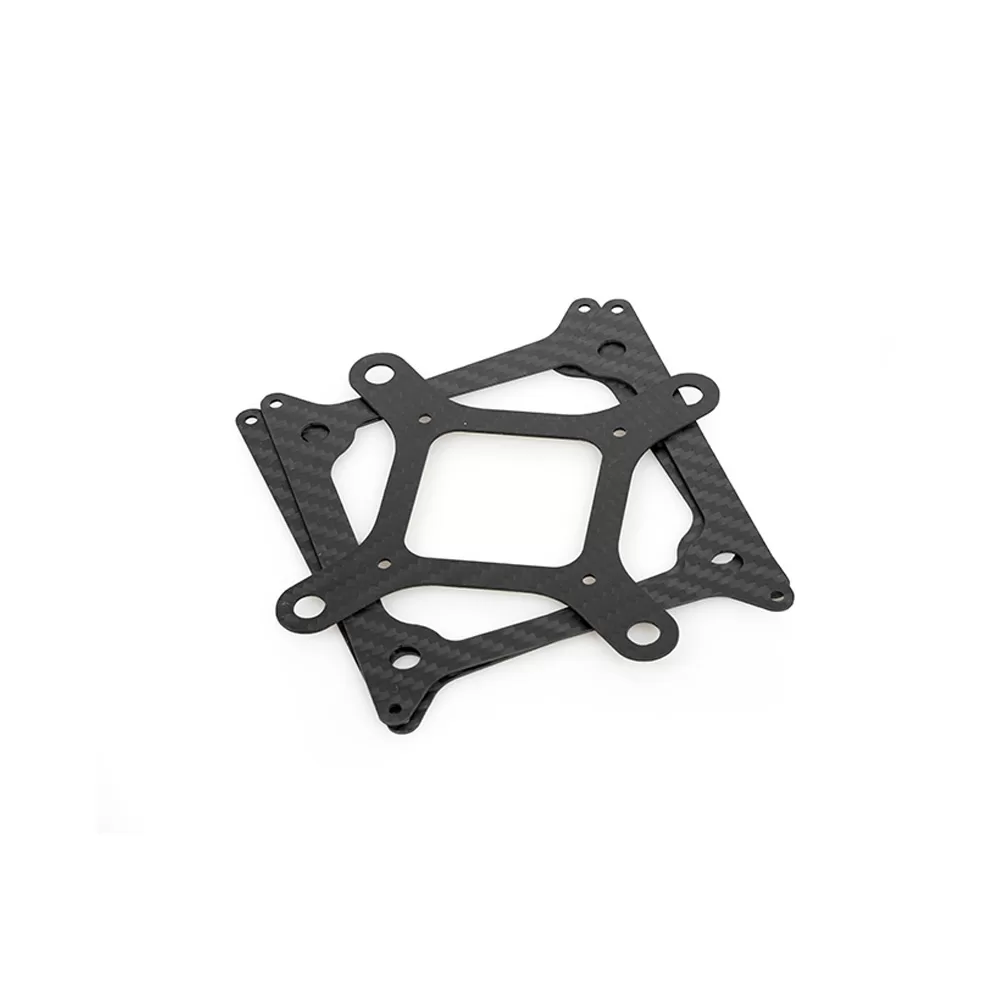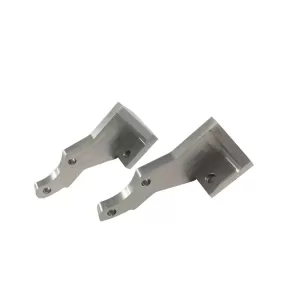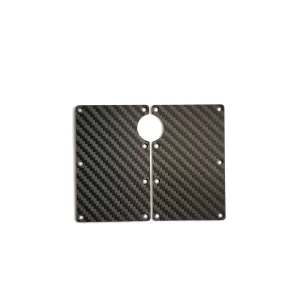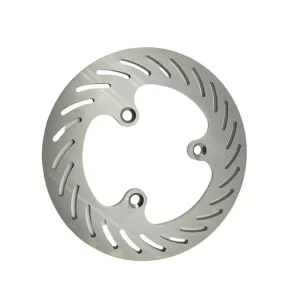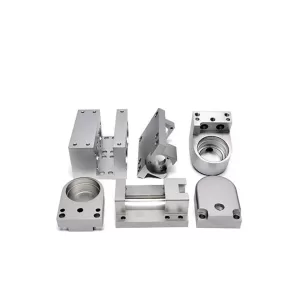Carbon fiber is a composite material that is challenging to machine due to its unique properties. Here are some key points to keep in mind when machining carbon fiber:
-Tools: Possible tools for turning carbon fiber include ceramic, cemented carbide, polycrystalline diamond, and cubic boron nitride. When milling carbon fiber, it’s best to use cutting tools with many cutting edges, such as diamond-toothed cutters. The preferred tool coating for composites and especially carbon fiber is polycrystalline diamond (PCD).
– Accuracy: Machining carbon fiber composites should be done with the highest accuracy. It is expensive to machine carbon fiber, so wrong cuts or millings should be avoided or mitigated at all costs.
– CNC turning: CNC turning is a common technique for machining carbon fiber parts in different industries. Turning process parameters such as cutting speed, feed rate, and depth of cut influence the tool life and CNC machining surface quality.
-CNC milling: Generally, machinists use a router to machine carbon fiber composites. You can cut carbon fiber sheets to size and add the required features. CNC milling carbon fiber composite requires higher spindle speeds than metals and lower feed rates. However, too much heat can affect the quality of the composite parts. As a result, you can adjust the feed rates to reduce the heat generated in the workpiece while machining.
– Dust extraction: Dust extraction is strongly required for the operator’s safety and for machine maintenance when machining composites. Carbon dust is electrically conductive, so it may affect the electrical parts and wear down the spindle at a highly increased rate.
– Safety: Carbon fiber dust is hazardous and can be harmful to lungs and electronics. It’s essential to wear a dust mask while milling with an open CNC router.
– Machine selection: The cheapest CNC milling machine that can cut carbon fiber depends on your budget.
In conclusion, machining carbon fiber requires specific techniques, tools, and protective gear to achieve successful results. Choosing the right machine, software, and tooling is essential to maintain tolerances, reduce dust, and achieve the desired finish.
Custom Carbon Fiber CNC Milling Frame Parts
| Weight | 1 kg |
|---|---|
| Dimensions | 5 × 0.5 in |
| MOQ | 10pcs |
| Payment Method | L/C, T/T, Western Union, MoneyGram |
| Brand | OEM/ODM |
| Delivery Time | About 2 Weeks |

